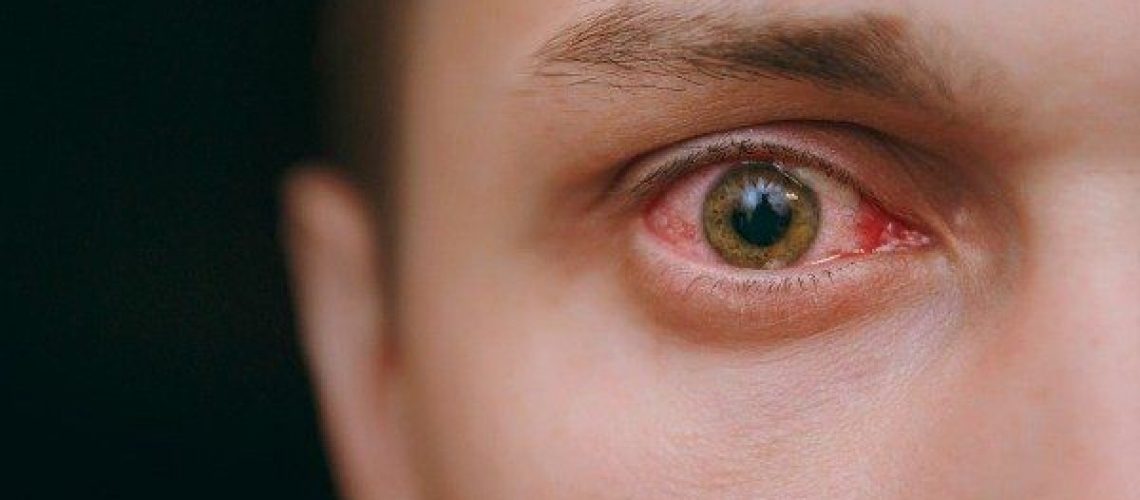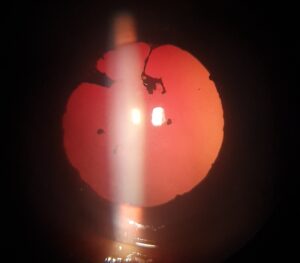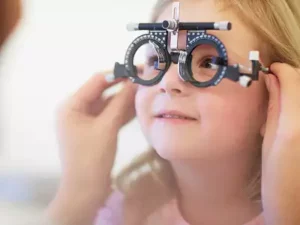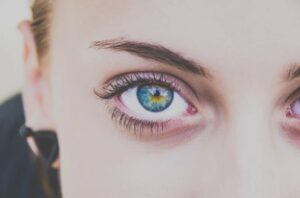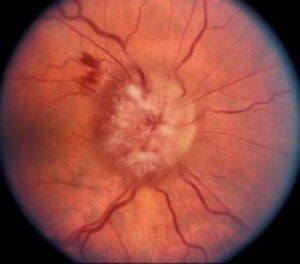Conjunctivitis is the inflammation of the transparent part that covers the white part of the eye and the eyelids, called the conjunctiva.
It’s inflammation can be caused by a bacteria, viral infection or allergic reaction, as well as a trauma to the eye. When the conjunctiva is affected, the blood vessels become inflamed and thus the red eyes appear. In most cases, it does not affect vision but it can be bothersome and its treatment depends on the type of conjunctivitis the person has. Some are contagious, and early diagnosis and treatment prevent contagion to others.
Depending on the cause, the most frequent symptoms may be:
- Redness
- Itching and burning
- Constant tearing
- Thick dirty discharge
- Scabs and inflammation on the eyelids
- Dirty feeling
- Sensitivity to light
Its causes may include:
- Virus
- Bacterium
- Allergies
- Trauma with blow or foreign body
- Chemicals, makeup, creams or paints.
- Smoke or steam
- Inappropriate use of contact lenses
The most common conjunctivitis is viral, it is caused by colds, flu or respiratory infections including Sars-Cov-2. It usually starts in one eye and then moves to the other. There is tearing but no thick discharge. Highly contagious
Bacterial conjunctivitis is more related to purulent discharge (pus) and occurs mostly in one eye. It is usually caused by Staphylococcus aureus, Streptococcus pneumoniae, Haemophilus species, or, less frequently, Chlamydia trachomatis or Neisseria gonorrhoeae. It is contagious by direct contact.
Allergic conjunctivitis occurs in both eyes and is caused by an allergen (eg, pollen). It can be an allergic reaction to some chemical component. Rhinitis is associated with allergic conjunctivitis. This causes a lot of itching, tearing, and redness.
Ways of prevention: maintain good hygiene
- Do not touch your eyes with your hands
- Handwashing
- Do not use other people’s towels
- Not wearing someone else’s glasses
- Change and wash pillow and bed covers
- Avoid low-quality cosmetics
- Not using someone else’s cosmetic products
- Cleaning contact lenses
Its treatment is depending on the cause.
Complications occur when the person is not treated on time or decides to do it for self-medication. Pink eye usually clears up on its own in 1 to 2 weeks. If symptoms last longer, you should visit your ophthalmologist to properly treat the cause.

